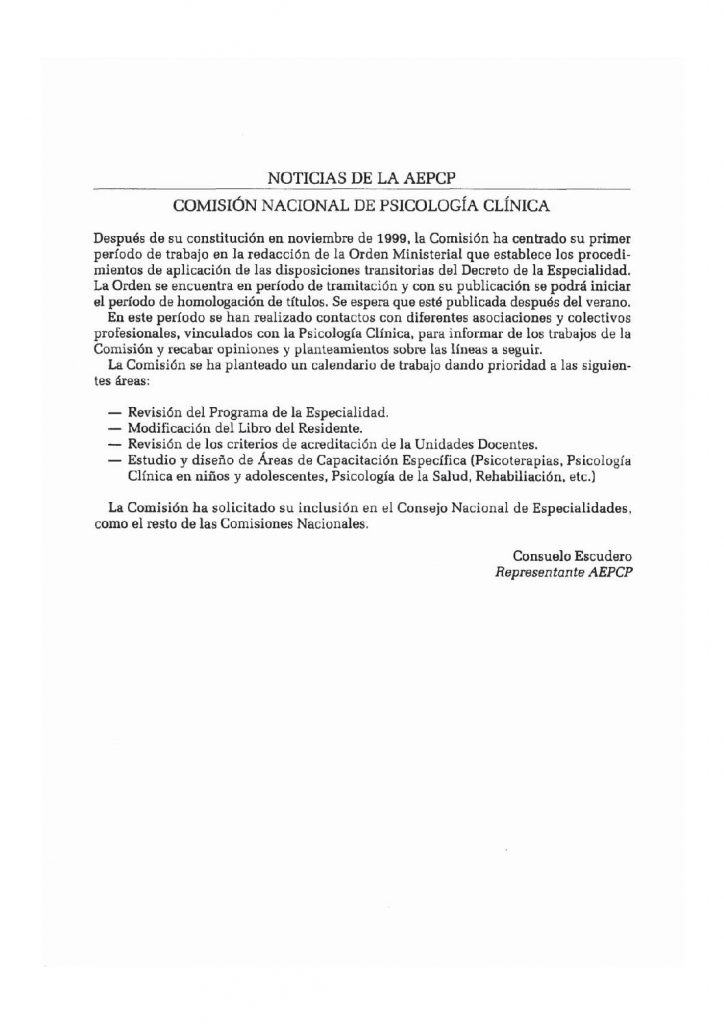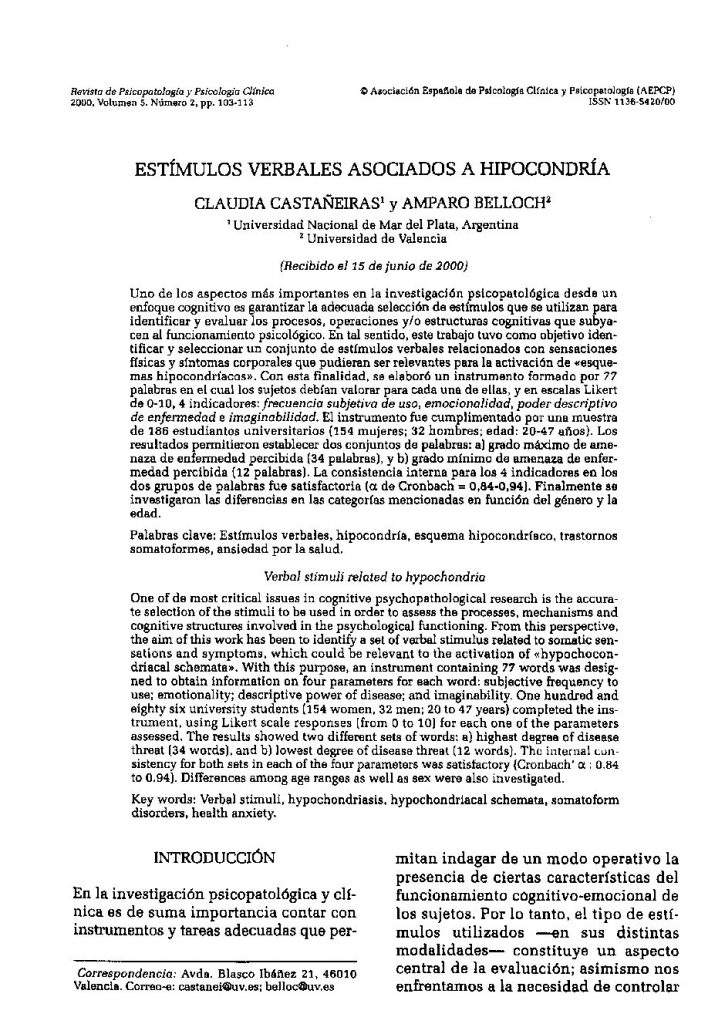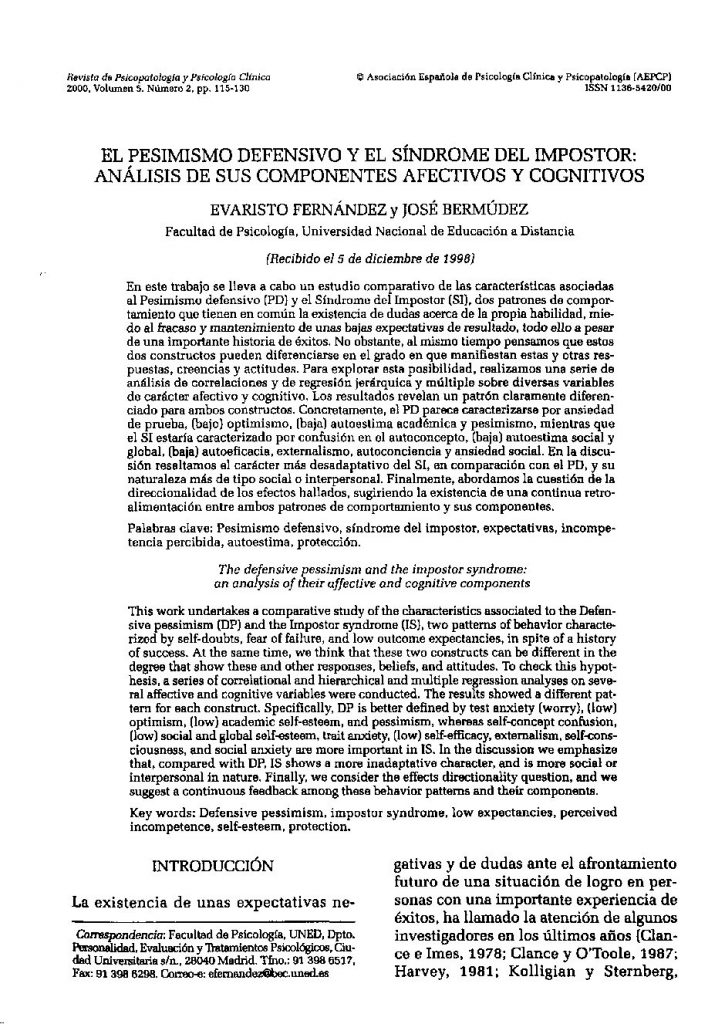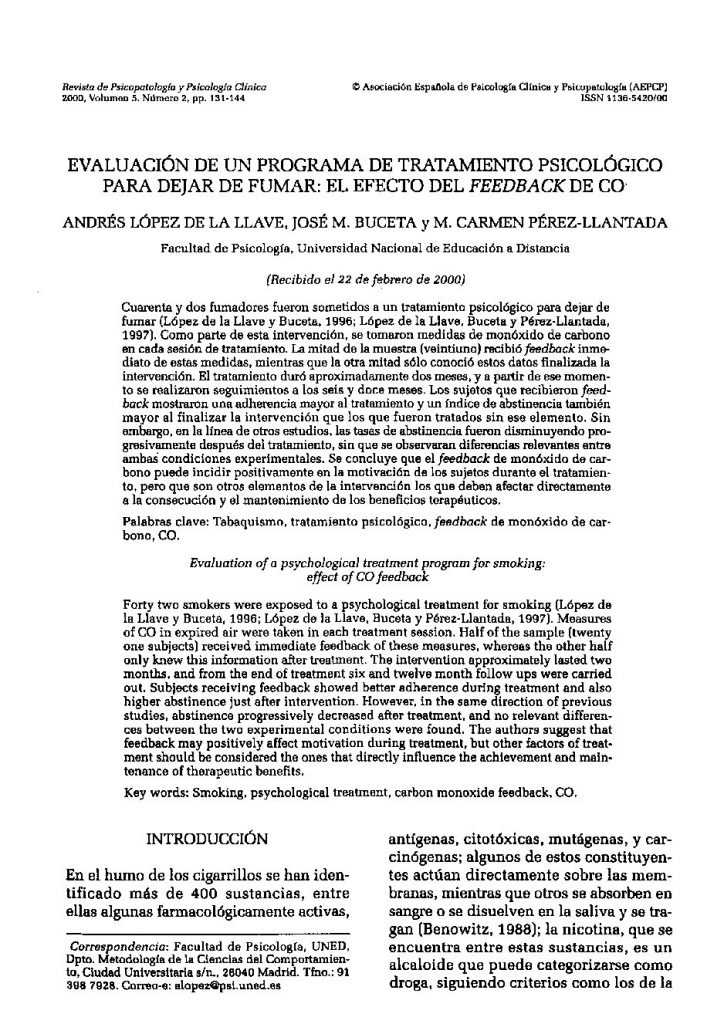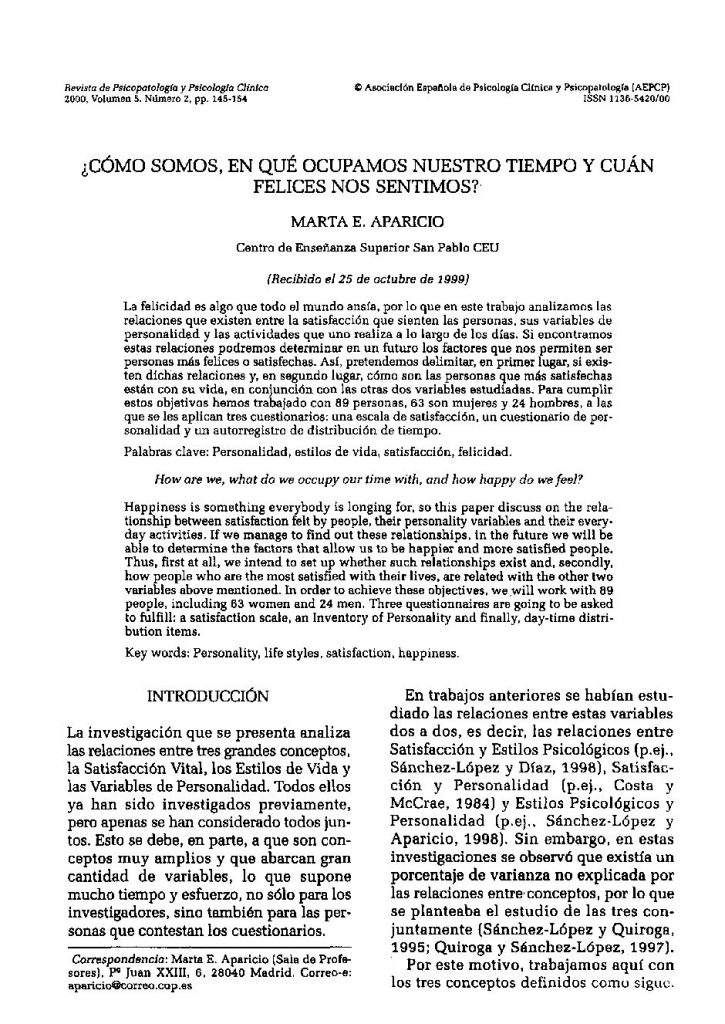This work undertakes a comparative study of the characteristics associated to the Defensive pessimism (DP) and the Impostor syndrome (IS), two patterns of behavior characterized by selfdoubts, fear of failure, and low outcome expectancies, in spite of a history of success. At the same time, we think that these two constructs can be different in the degree that show these and other responses, beliefs, and attitudes. To check this hypothesis, a series of correlational and hierarchical and multiple regression analyses on several affective and cognitive variables were conducted. The results showed a different pattern for each construct. Specifically, DP is better defined by test anxiety (worry), (low) optimism, (low) academic self-esteem, and pessimism, whereas self-concept confusion, (low) social and global self-esteem, trait anxiety, (low) selfefficacy, externalism, self-consciousness, and social anxiety are more important in IS. In the discussion we emphasize that, compared with DP, IS shows a more inadaptative character, and is more social or interpersonal in nature. Finally, we consider the effects directionality question, and we suggest a continuous feedback among these behavior patterns and their components.
